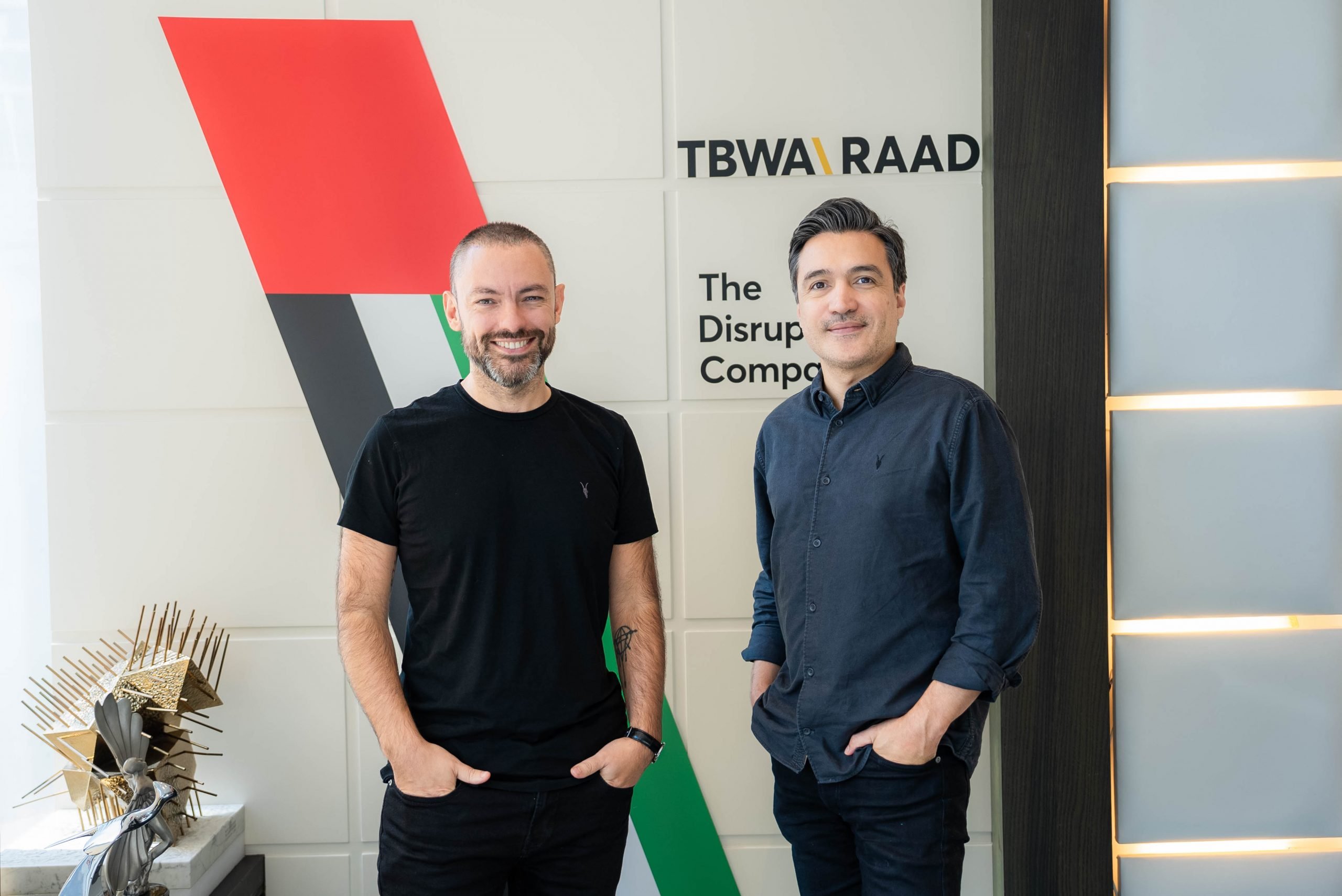
Can humour truly impact the world? Maybe. Can humour truly impact advertising? Absolutely. Over the last 20 years, the use of humour and heartfelt strategies in marketing have seen a decline. The cause?
Perhaps a shift towards addressing the world’s most significant issues with a more serious tone seems to be the answer. But can advertising really save the world?
It can certainly help, especially when brands with a true sense of purpose create deeper connections with their audiences. That’s great, but in the end, it’s just advertising. Its core purpose is to stand out, be easily consumed, be memorable, shareable and sticky – like a good old joke or a funny meme.
In 2024, advertising is set to change its course and pivot towards comedy. We’ve already started seeing this trend in the mix of campaigns that appear daily in our LinkedIn feed.
Last year, Cannes Lions and other major festivals announced the introduction of a new category to celebrate the art of humour in branded communications.
The nostalgia of memorable campaigns that we will never forget continues to be part of conversations among friends and are referenced in classrooms as best practices. Not to mention humour’s high ability to sneak into pop culture like a ninja.
However, beyond recognition, awards and effectiveness, the world truly needs more smiles and laughter. And perhaps, that’s how our industry can truly make a significant difference.
But what about AI? Can it help craft comedic messages for persuasion effects? AI has undoubtedly revolutionised the advertising landscape, and will continue to do so in 2024, bringing with it a slew of new challenges that often feel themselves like we’re navigating a surreal, dark and lifeless comedy.
As marketers attempt to harness the power of AI for witty and funny advertising campaigns, they find themselves facing unexpected obstacles, such as dull sentences, a shopping list of bullet points and worse, basic jokes.
One of the core elements of humour is, of course, the unpredictable nature of its wit. What may seem hilarious to us humans might be met with deadpan silence from our Skynet companions.
AI struggles to comprehend the nuances of humour, often leading to unintentional punchlines that leave both marketers and consumers scratching their heads.
A quick example: being lost in translation – with its subsequent clunky and obvious explanations – is, probably, great source material for jokes, punchlines and other messages that might spark a powerful connection and thus, a new idea.
But when AI attempts to translate human humour across cultural and linguistic boundaries, things get drier than the Arabian desert. What’s amusing in one language might lose its comedic charm in translation, leaving marketers with campaigns that land as flat as a deflated ACME tyre in a Roger Rabbit skit.
The nuances of cultural humour, wordplay, and colloquialisms prove to be a formidable puzzle for AI, – for now, at least – resulting in work that will most surely miss the mark or, worse, generate unintended hilarity for how plain dumb it is.
The autonomy of AI algorithms adds an element of unpredictability – not in the best sense of it – that can turn even the most well-intentioned campaigns into a catastrophic stand-up comedy show.
Imagine a scenario where an algorithm takes the creative liberty and decides to replace a witty punchline with an offensive Islamophobic meme or an obscure reference, leaving audiences gasping and offended, for the sheer lack of contextual understanding on the sensitivities of our region here.
In that sense, we’re actually pretty excited with our most recent creative partnership with Jais, the latest state-of-the-art bi-lingual Arabic-English AI language model, that addresses and mitigates any future problems we might face.
There’s still a tightrope walk between giving AI creative freedom and reining in its tendency to go off-script and into the realm of absurdity. And there’s no need for that tension. Better to take things into our own hands.
But as AI becomes an integral part of advertising, the challenge of maintaining a human touch while embracing the machine’s capabilities becomes increasingly apparent. The fear of losing the authentic human connection in the pursuit of algorithmic wit looms large. Brands and companies must grasp the paradoxical task of injecting personality into AI-generated content without succumbing to the temptation of over-automation and losing the essence of genuine, relatable humour.
While the challenges are real, so too are the opportunities for creating a new era of advertising in 2024 – one where the fusion of human creativity and machine intelligence produces a symphony of laughter.
By Santiago Cuesta and Frederico Roberto, Executive Creative Directors at TBWA









